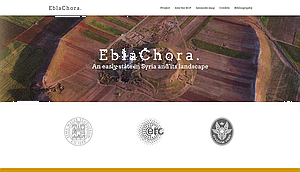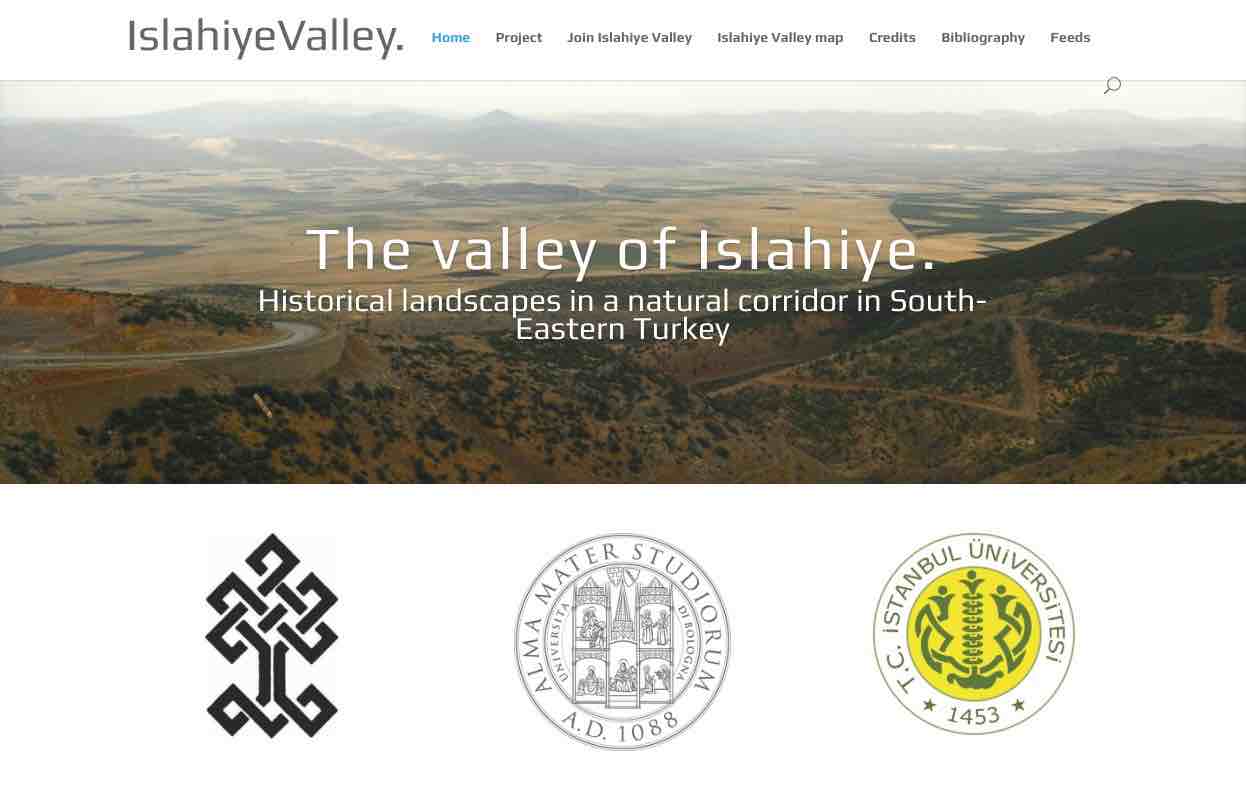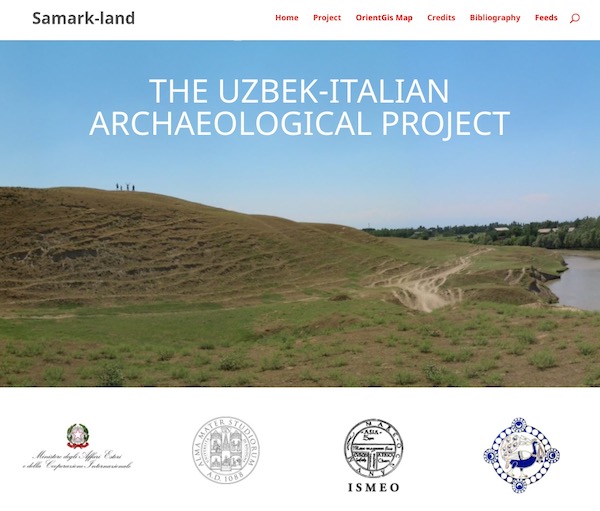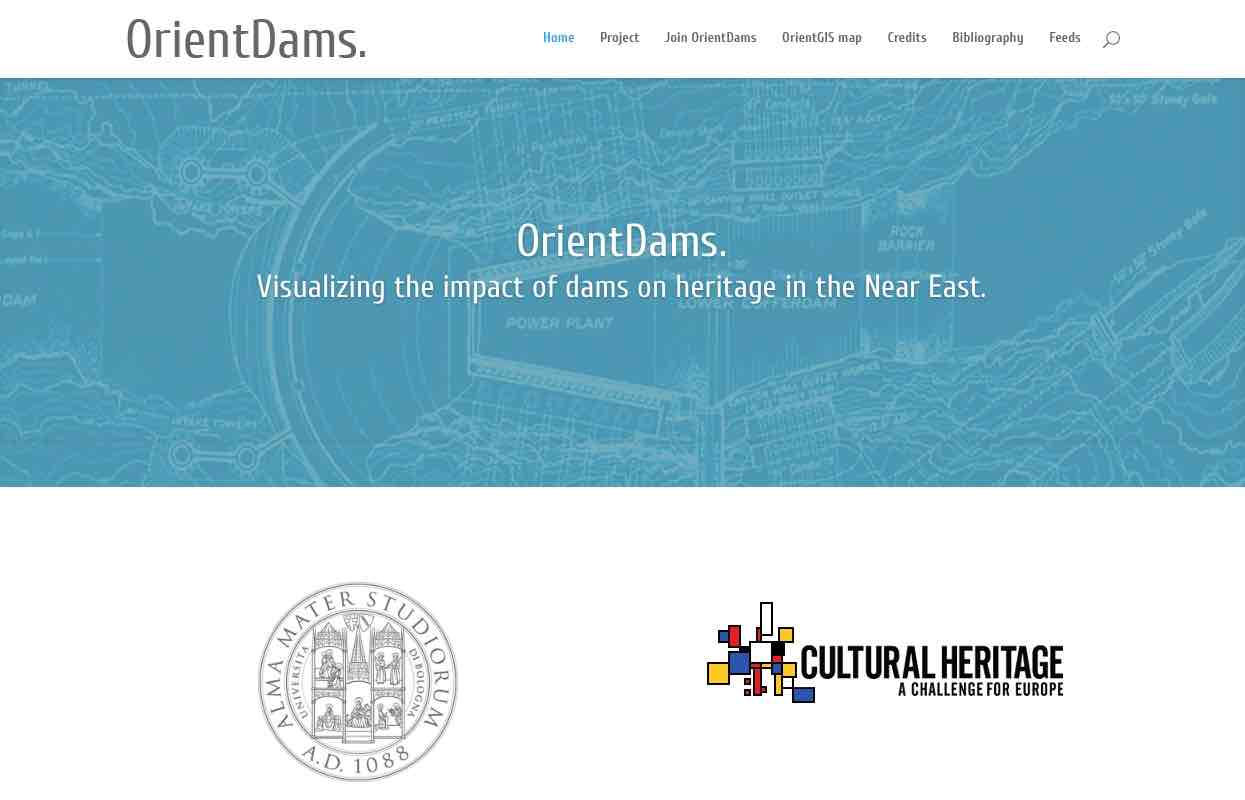
About
The case of Ebla in northern Syria is certainly one of the most favourable ones for enhancing our understanding of mechanisms of functioning of the early state. The discovery, in 1975, of royal archives consisting of 17.000 cuneiform tablets dating to c. 2300 BC has supplied the scientific community with an invaluable mass of documents dealing with all aspects of state organization.
Further, considerable progresses during the past decade have been made at Ebla in seriating material culture assemblages,
in interpreting the rich evidence retrieved for ancient visual communication and in exposing the urban structure of that period.
A unique opportunity to test theories and models about the rise and structure of the early state by expanding the level of analysis to the landscape around Ebla is currently being envisaged within the Ebla Chora Project (ECP), with the aim of building a multi-tier explanatory pattern which can be applied to, or utilized for, other early foci of urbanization in the Near East or elsewhere.

About
The University of Istanbul in the years 1958 to 1960 made a systematic survey in the valley of Islahiye. Building upon the scientific data collected at that time, a joint Turco-
Italian project by the Universities of Bologna and Istanbul and the Museum of Gaziantep was implemented between 2003 and 2010 in the area and additional, different perspectives were developed and applied. The project represents an initial attempt at visualizing a shared environment from antiquity to the present without discontinuities.

About
Samarkand is one of the largest Medieval cities of Central Asia and a key trading center along the Silk Road. Since 2001, the Uzbek-Italian Archaeological Project – UIAP aimed at investigating the history of ancient Samarkand in relation to the development and transformation of its territory. The combination of remote sensing and field research resulted in the identification of more than 2000 archaeological sites with an associated vast irrigation network. UIAP activities address the identification of patterns of human occupation and land use, including agricultural areas, evidence for semi-mobile pastoralism and burial grounds. Results are shared with local institutions in order to improve the conservation, preservation, enhancement, and management of the cultural heritage of the Samarkand region.

About
The project aims at providing a detailed visual assessment on the impact of dams on archaeological sites in the Middle East and Northern Africa (MENA). Four case studies of different magnitudes
(Turkey, the Euphrates river, the two Aswan dams and the planned Makhul dam) have been considered in order to identify different issues related to the construction of dams. Almost 2500
flooded archaeological sites and approximately 1300 km of ancient rivers submerged by the dams reservoirs have been mapped. The methodology applied integrates archaeological and geo-spatial open-access datasets, organized in a WebGIS in order to foster data sharing and research replicability.